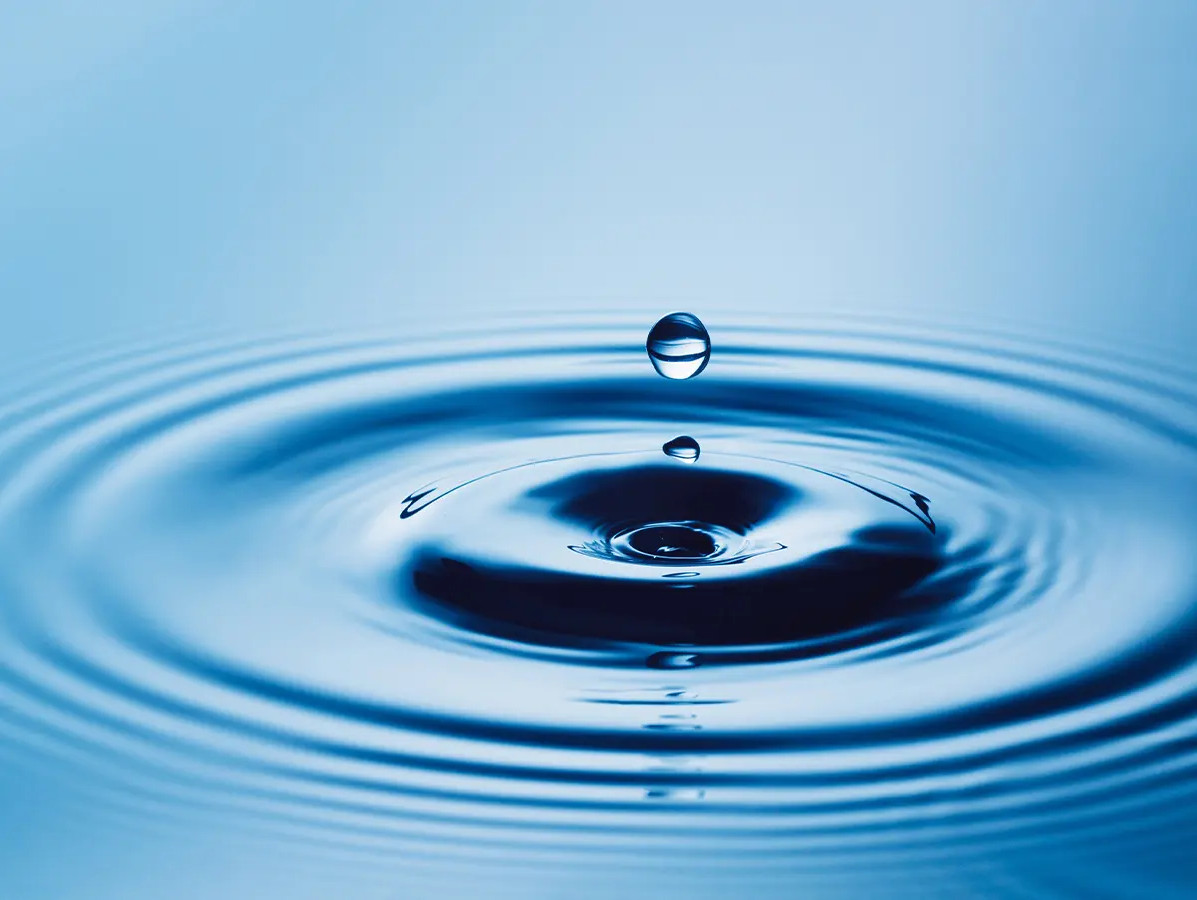
Clean water is becoming increasingly scarce, even in the Netherlands. This is a growing challenge for the food industry, a major consumer of drinking water. Rabobank has mapped out the challenges surrounding water usage based on discussions with entrepreneurs, advisors, and water experts. This article highlights the need for smarter water use in the food industry.
The demand for drinking water continues to rise, while the availability of groundwater and surface water is declining. This is already causing problems in regions like West Brabant and parts of the northern and eastern Netherlands, where new water connections can no longer be taken for granted. On top of this, water quality is deteriorating due to salinization and leaching, increasing the urgency to act.
Climate change is exacerbating these challenges. During droughts or other extreme weather conditions, companies may face restrictions on their water access. This has direct consequences for production processes, which often depend on a stable water supply.
Rabobank stresses that water savings alone are not enough. Companies need to adopt circular water use to reduce their reliance on external water supplies. Technologies such as water purification, rainwater harvesting, and reuse within production processes can achieve significant reductions in overall water consumption.
However, the implementation of these solutions lags behind. Low drinking water prices and the long payback periods of investments present obstacles for many businesses. Smaller companies, in particular, struggle to take the necessary steps. Meanwhile, supply chain partners, such as supermarkets, are increasingly raising questions about sustainable water use. This underscores that taking action is unavoidable.
Source: Rabobank